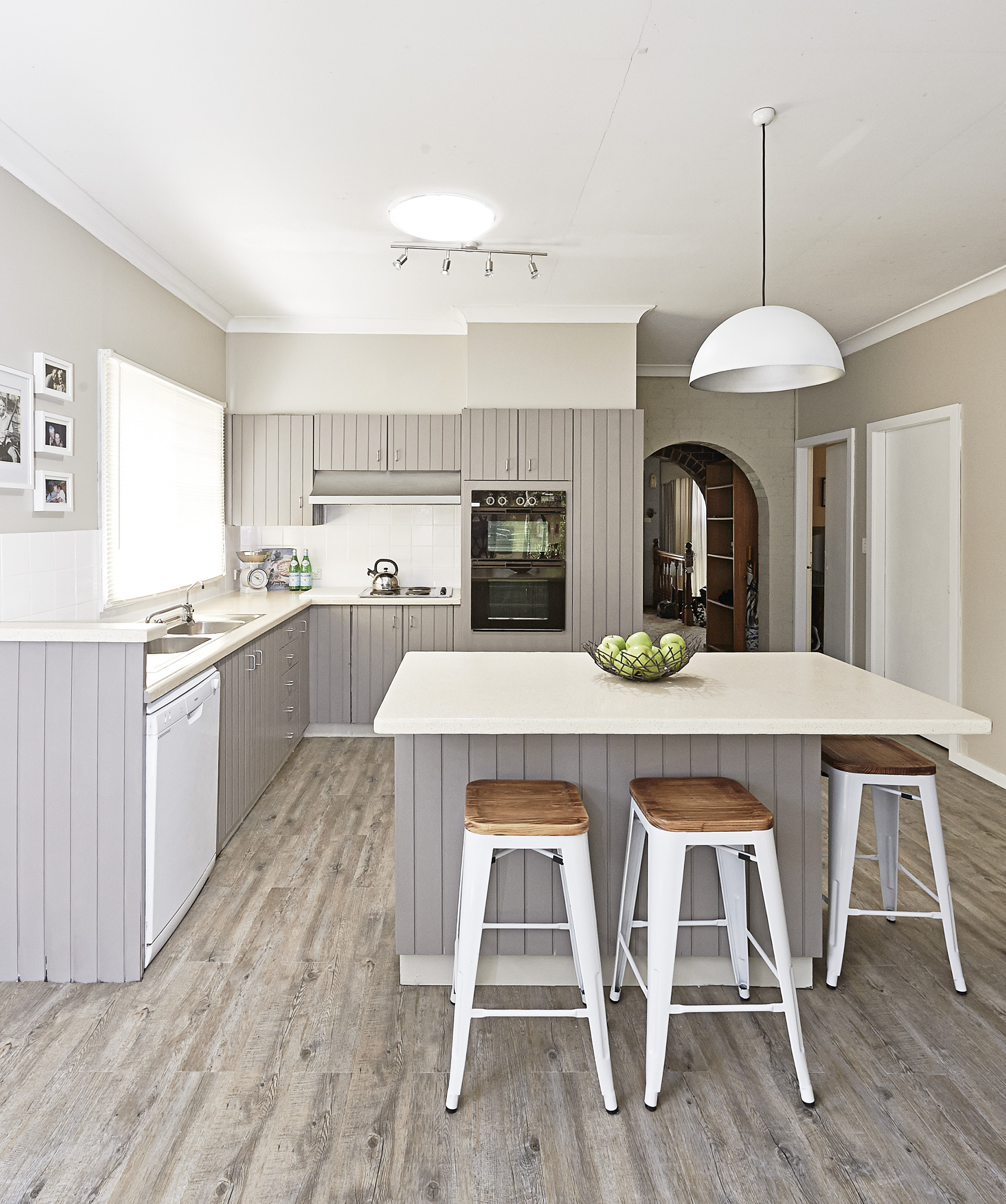Preparing a culinary area renovation can feel like a overwhelming task, but with the right approach, it can be a rewarding process that changes your home. Whether you're wanting to refresh a tight area or build a enduring style that satisfies your family's needs, knowing how to manage the remodeling journey is key. In this guide, we will explore vital stages to effectively plan your kitchen renovation on a calendar, ensuring that you maximize both efficiency and satisfaction throughout the journey.
From setting a practical cost estimate to choosing the appropriate style and supplies, there are lots of factors to think about. We will present the definitive guide to planning a kitchen remodeling, diving into important issues such as the signs it’s the right moment for a renovation, DIY versus employing a professional, and design ideas that showcase current trends. If your goal is to boost practicality with smart organizational ideas or to design a beautiful space that's the core of your home, this article will provide the information you need to make wise decisions and prevent common pitfalls. Get ready to turn your kitchen aspirations into truth.
Managing The Kitchen Remodel
When preparing for a kitchen renovation, setting a budget is key for ensuring that the project stays on track financially. Begin by deciding on the total amount you are able to invest, and be practical about your financial capabilities. Consider all potential costs, including supplies, labor, licensing, and unexpected expenses. It's smart to allocate an additional ten to twenty percent of your budget for emergencies, as renovations often involve surprises that can impact costs.
Next, rank the elements of your kitchen that are important most to you. Identify necessary upgrades versus desirable changes, and allocate your budget accordingly. For instance, if eco-friendly appliances are a priority, you may need to cut back on other areas like tailored cabinets or luxury finishes. Think about areas where you can save, such as opting for prefabricated materials instead of bespoke options, which can significantly reduce overall costs while still achieving a chic look.
In conclusion, consider how to achieve your renovation goals within your budget. Look into DIY options for tasks like painting or installing simple fixtures to decrease labor costs. Take advantage of resources like discounts, bargain outlets, and thrift stores for materials and appliances, making sure you keep quality in mind. By strategically managing your budget and exploring creative solutions, you can effectively navigate your kitchen renovation journey without overspending.
Trends in Design and Styles
In recent years, kitchen design has evolved to incorporate a harmonious blend of functionality and design. One notable trend is the use of open layout layouts that encourage engagement. This design creates a seamless transition between cooking and hosting spaces, allowing it easier for families and guests to connect with eachone. Such spaces often feature large islands that serve as both a food preparation space and a gathering spot, enhanced by aesthetic materials like quartz or wood countertops.
Color combinations also play a vital role in shaping modern kitchens. Subdued colors with splashes of striking colors are gaining favor, allowing for individuality without clashing with the space. Tones like deep greens, rich blues, and golden yellows can invigorate the kitchen while balancing natural elements such as timber and stone. This trend towards utilizing color not only brings character but also shows the homeowner's individuality, making the kitchen a true representation of their preferences.

Green design is a significant theme in contemporary kitchen renovation. As more homeowners look for eco-friendly solutions, features like low-energy appliances and green materials have gained prominence. Using repurposed wood for cabinetry or adding low-energy lighting has become typical for those looking to minimize their ecological footprint. Additionally, incorporating plants and natural elements, such as vertical gardens, brings an natural touch to the kitchen, making it a more inviting and holistic environment.
Selecting the Right Components and Appliances
Picking the appropriate materials for your kitchen renovation can greatly impact both the aesthetics and functionality of the space. Consider the durability and upkeep requirements of elements such as countertops, cupboards, and flooring. For illustration, engineered stone work surfaces are known for their strength and low maintenance, making them a popular choice for busy kitchens. Moreover, opt for cabinetry that not only complements your style but also withstands wear and tear. Tailor-made cabinets can offer a flawless fit and distinctive design, while prefab options might help you both time and money.
When it comes to equipment, power efficiency should be a key consideration. Look for https://contempokdp.com with the Energy Star tag, as these can aid you save on utility bills and reduce your overall carbon footprint. Connected devices are also becoming trendy, integrating innovation with convenience, but balance the cost against your financial plan and requirements. Review your cooking habits and choose appliances that fit your lifestyle, whether it's a powerful oven for passionate cooks or a compact refrigerator for a limited kitchen.
Lastly, don't neglect the impact of lighting and fixtures in your kitchen. Opting for the appropriate lighting can aid create atmosphere and enhance the functionality of your space. Hanging lights over an island or recessed lighting for uniform illumination can make a significant difference. Moreover, select faucets and other fixtures that complement your design while providing usefulness. Think about finishes that are both stylish and long-lasting, ensuring that your kitchen remains not only visually pleasing but also practical for the long term to come.
